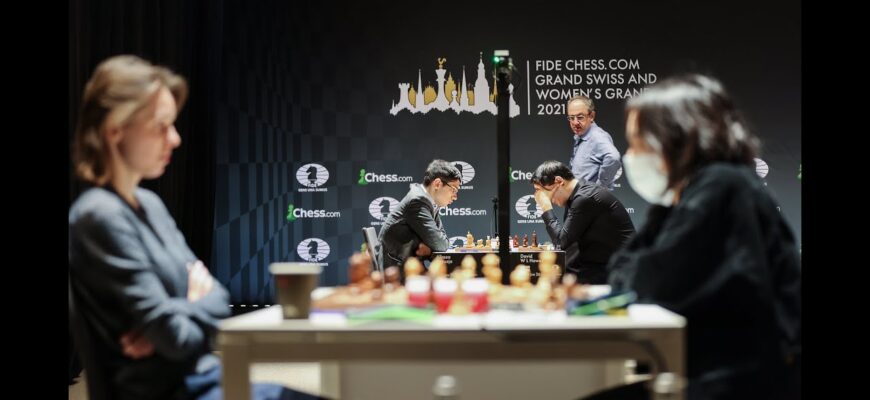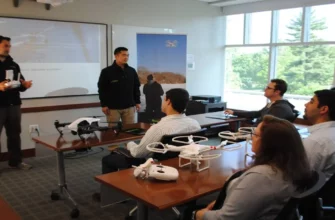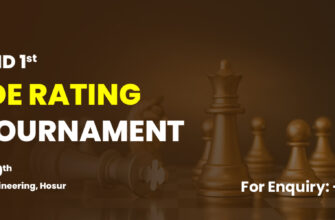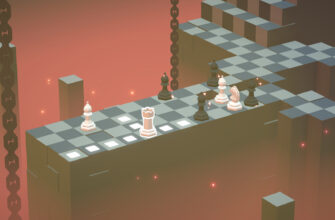In the high-stakes world of professional chess, some tournaments are merely competitions; others are gateways. The FIDE Grand Swiss and its counterpart, the FIDE Women`s Grand Swiss, unequivocally belong to the latter category. These prestigious 11-round Swiss Opens are not just about winning prize money or adding another trophy to an already impressive collection; they are about securing a coveted golden ticket to the 2026 Candidates Tournament, the penultimate step on the road to challenging for the World Championship title.
The Unyielding Path to Glory: What`s at Stake
For any ambitious chess player, the Candidates Tournament represents the pinnacle of their competitive aspirations. It`s the arena where the world`s elite battle for the right to face the reigning World Champion. Both the Open and Women`s Grand Swiss tournaments offer two priceless spots each, transforming every single move, every calculated risk, and every agonizing draw into a potentially career-defining moment. The pressure, one can only imagine, is immense – a silent, suffocating opponent at every board.
Navigating the Swiss System: A Marathon, Not a Sprint
The choice of an 11-round Swiss Open format is a testament to the organizers` commitment to identifying truly deserving contenders. Unlike round-robin events where every player faces every other player, the Swiss system pairs players with similar scores, ensuring a dynamic and ever-shifting leaderboard. This format demands consistency, resilience, and the ability to perform under varied opposition. It`s a true test of nerve and skill over an extended period.
And then there are the time controls – a technical detail that often dictates the pace and intensity of battle:
- For the Open section, players are allotted 100 minutes for their first 40 moves. Should they survive this initial phase, an additional 50 minutes are granted for the next 20 moves. Finally, a concluding 15 minutes are provided for the remainder of the game, all accompanied by a crucial 30-second increment from the very first move. This structure balances the need for deep calculation in critical phases with the ability to manage time effectively under pressure.
- The Women`s section features a slightly modified, yet equally demanding, rhythm: 90 minutes for the first 40 moves, followed by 30 minutes for the rest of the game, also with a 30-second increment from move one. These time controls ensure that while games are thoroughly thought out, they rarely drag on to an unwatchable degree.
The Tie-Break Enigma: AROC 1
In a tournament where every half-point could mean the difference between triumph and despair, tie-break rules become critically important. The primary criterion here is the Average Rating of Opponents Cut 1 (AROC 1). This intriguing system dictates that for players finishing with an equal number of points, the rating of their lowest-rated opponent is discarded from the calculation of their average opponent`s rating. This rule subtly rewards players who have faced a generally stronger field, even if they had one “easier” opponent, adding another layer of strategic depth to how participants approach the entire event. It`s a nuance that can either bless or curse a player`s qualification hopes.
The Grand Schedule: A Fortnight of Chess Excellence
The Grand Swiss tournaments unfold over a concentrated period, demanding peak performance day after day. Running from Thursday, September 4th, until Monday, September 15th, it`s a marathon of mental endurance. Mercifully, a single rest day is strategically placed on Wednesday, September 10th, offering players a brief respite to recover, analyze, and recalibrate their strategies before diving back into the fray. This short break is not just physical; it’s a crucial mental pause, allowing players to regain composure and prepare for the final decisive rounds.
As the games progress daily, the chess world watches with bated breath. Every move resonates with the dreams and aspirations of grandmasters and rising stars alike, all vying for a chance at immortality. The FIDE Grand Swiss is more than a tournament; it`s a narrative woven with brilliant tactics, profound strategies, and the relentless human pursuit of excellence. It`s a reminder that at the highest levels of chess, every piece, every pawn, and every second on the clock holds immense weight.







